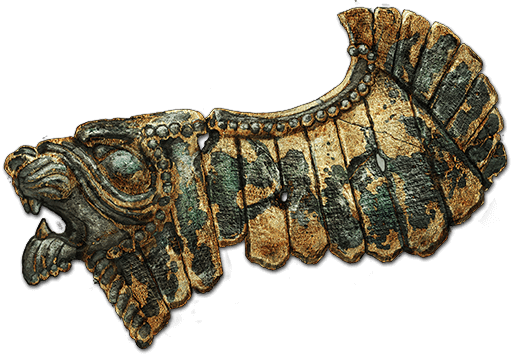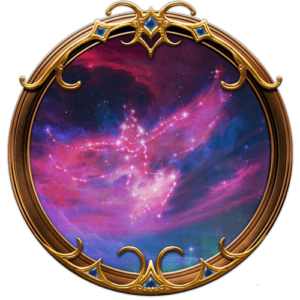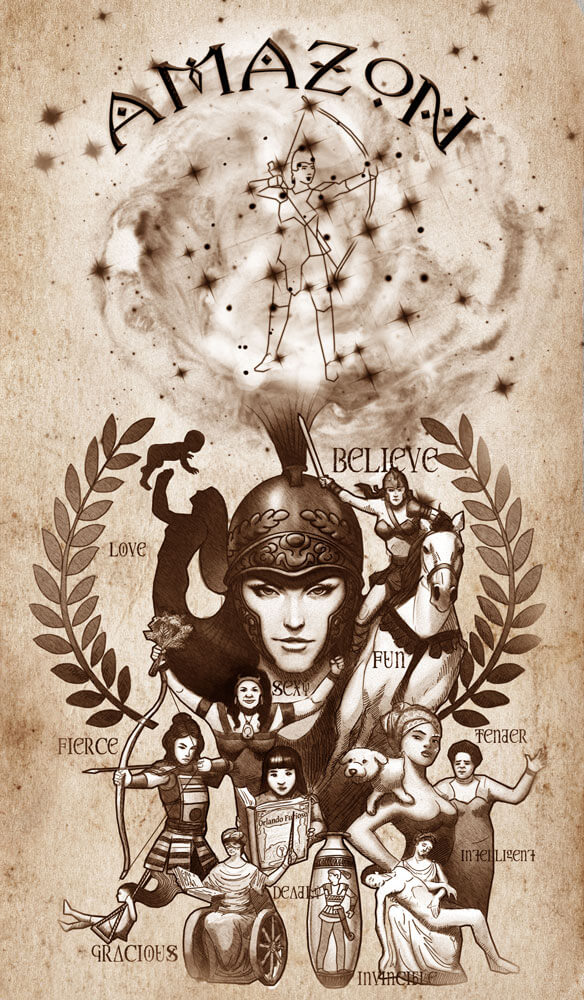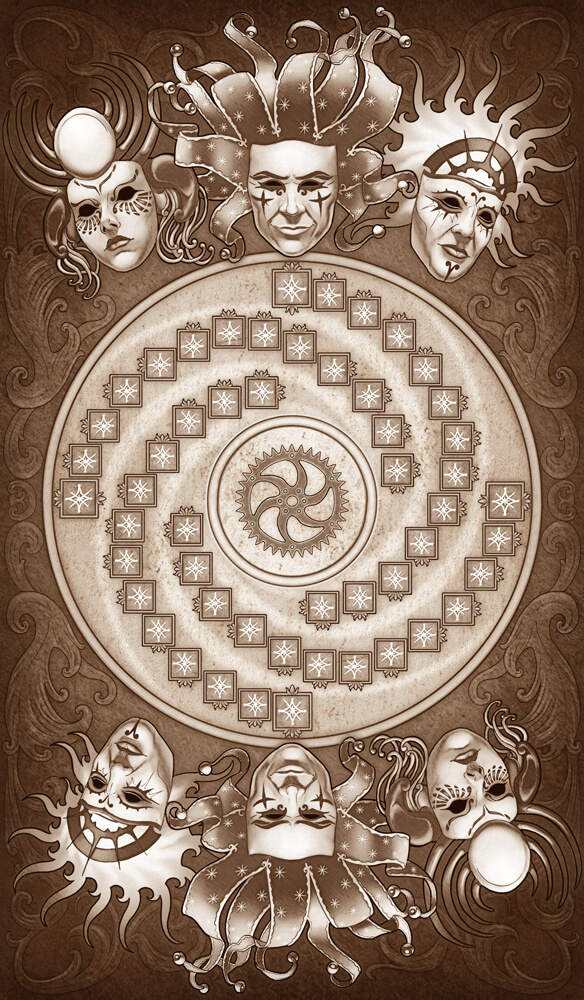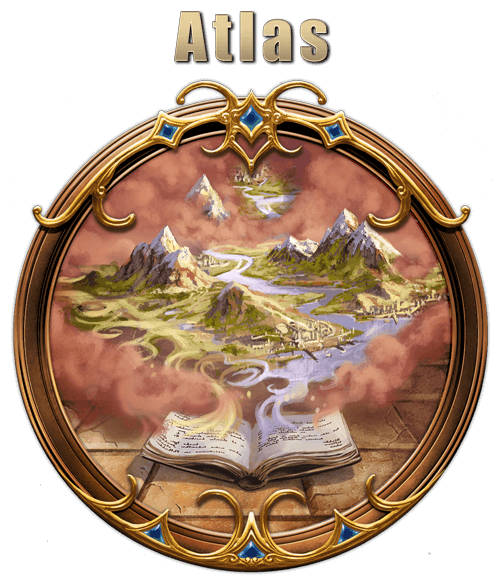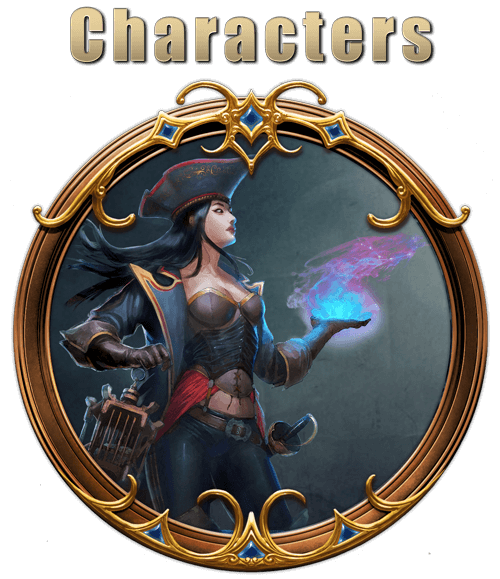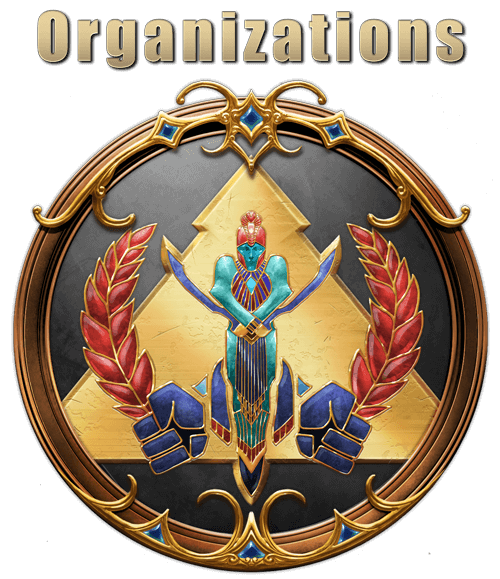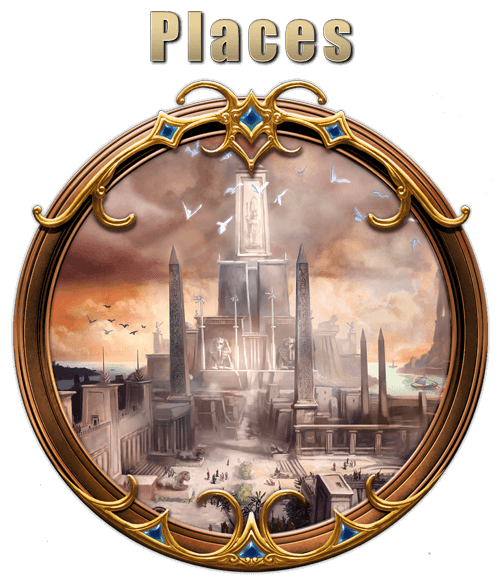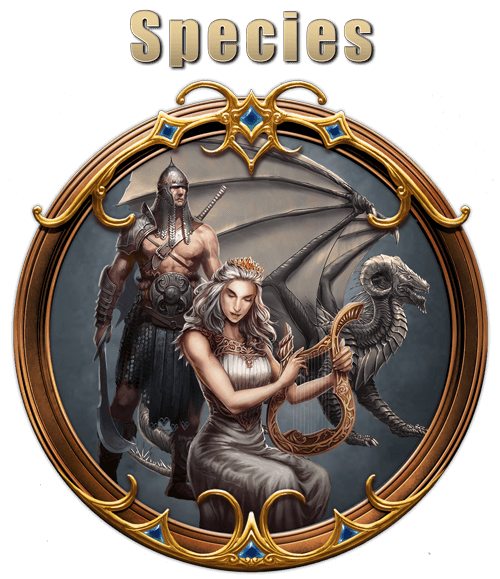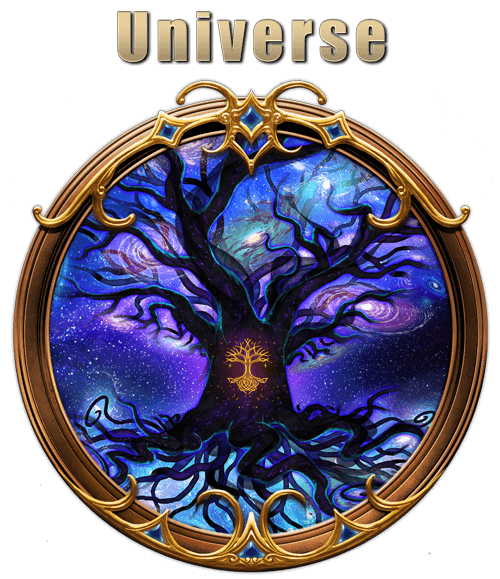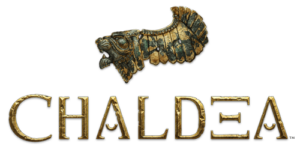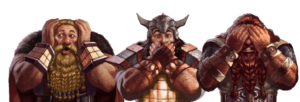A visitor to Chaldea from another world, plane, or dimension might scan the heavens at night and wonder at the vividness of Chaldea’s constellations. For the heavenly bodies in Chaldea’s nighttime sky aren’t some vague outline that requires imagination to see the image it’s named from. No, Chaldea’s “constellations” are actually anumian spirits, or simply anumians, living entities, cosmic beings, who are clearly discernable for who they are and their nature. During the night, they move across the night sky, playing, chasing, and sometimes even fighting each other.
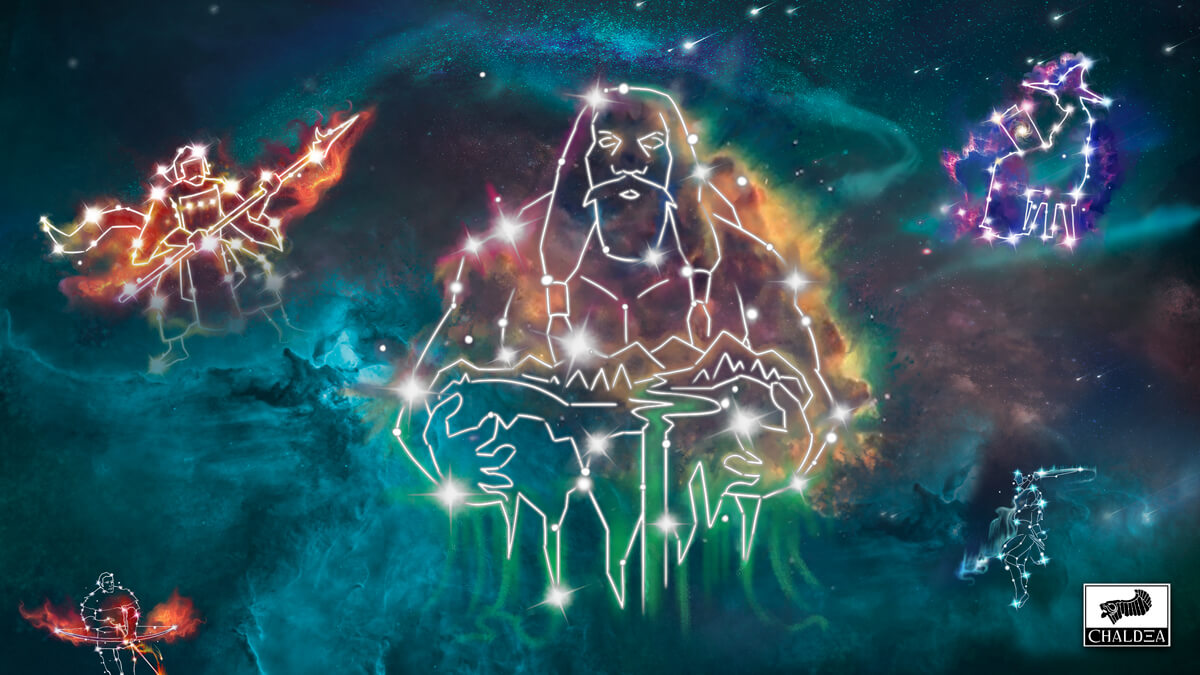
Nature. Anumians have an alien nature that makes it difficult to understand much about them. They are intelligent, for there are many who have communicated with anumians. They are quite aware of what happens in the world below them and can exert tremendous power and influence over the World of Chaldea. Anumians are spirits, embodiments of archetypal ideas. Most importantly, anumian spirits are intricately tied to the fates and cosmology of Chaldea.
Purpose. Each anumian has a purpose, a reason for their existence. For this reason, anumians are often thought of as a type of “spirit”, for each anumian is passionately, relentlessly, untiringly committed to its purpose. Some think of anumians as evil, for they care not who might die or suffer in the pursuit of purpose. Some anumians have been known to show kindness or compassion if their purpose is one that’s generally beneficial.
Social Relationships. Anumians are part of a complex drama that plays out for the universe each night. There are often variations in this complex theatre, but the relationships between anumians of animosity, friendship, competition, fear, and hatred never change. Astrologers sometimes say, “You can’t know if two anumians will meet, but if they do, you can predict what happens next.”
In The Mystical Anumian, Nabu Pabu describes this thusly:
From the earliest, most ancient times the people of Chaldea have spent countless hours studying the night sky, pondering the mysteries of the anumians. Why does Huntsman stalk Beast? Why do Azzi and Enomotia constantly fight each other? These conflicts are well known, for they are obvious to everyone who bothers to look up into the sky at night. Even before us humans came to Chaldea during the Claw Hammer War, the dragons and dwarves also pondered these mysteries, marveling at the never-ending drama in the skies, the endless cycle of conflict, chase, and romance.
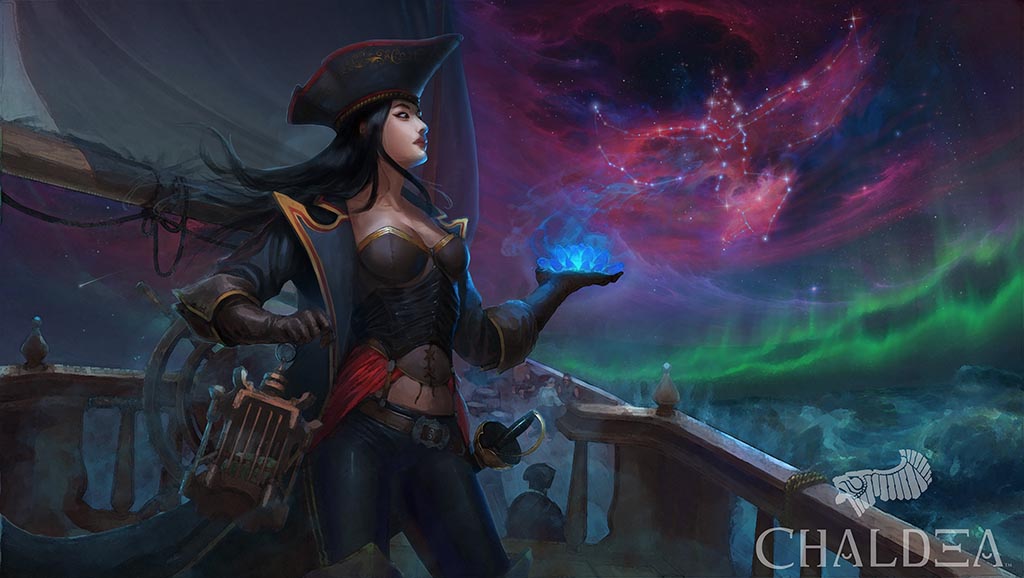
Royals. There are three royal anumians: Sun, Moon, and Jester. Sun commands the day, and Moon commands the sea through tides and storms. Sometimes multiple moons can be seen in the night sky. When this happens, the other moons are visitors, anumians from other worlds. Jester works tirelessly to advance the power and influence of all anumians.
Nobles. There are 52 noble anumians that form the basis for the Chaldean calendar. Each of these nobles manifests prominently for one week of the year, and they follow each other in the same sequence, creating an orderly calendar. Various kingdoms of Chaldea group these into months or seasons in various ways, but in all cases the 52 noble anumians are the foundation. While a particular noble anumian is manifest, its influence is particularly strong for that week.
Visitors. There are many more anumians than the 54 royals and nobles. These other anumians are called visitors and are believed to be royals and nobles of other worlds. Examples of visiting anumians include Jackrabbit and Crocodile.
Plane of An. Anumians reside in the heavens above Chaldea, which is technically another plane of existence, which they call An. The anumians call The Great Sea, Nammu, and they call the land, Ki.
Astrology. Because anumians are closely bound to fates and the cosmology of Chaldea, and because they have a discernable purpose and pattern, astrologists curiosity and desires are naturally drawn to the study of anumians. There are several specialized applications of astrology related to anumians; see Navigating the Great Sea, Anumian Fate Cards, and Seeking Anumian Aid Using Anumian Fate Cards.
Shamanism. Because anumians are spirits, they can be called upon by shamans. Most shamans are content to focus their craft on the spirits around them, the spirit of a lake, or the spirit of a bridge. But the broad sphere of influence of anumians and their great power tempts shamans to undertake the dangerous task of trying to influence an anumian. Whereas astrologers try and solicit the aid of anumian spirits, their craft is cooperative, whereas shamanism tends to be more confrontational .
Anumians in Hiding. Anumians can choose not to reveal themselves, either by simply moving beyond line of sight (hiding behind clouds, or mountains, or traveling to other parts of Chaldea) or may hide in plain sight by dimming their stars. Only the foolish believe their eyes—just because one can’t see an anumian doesn’t mean it’s not there.
Starfall Gems. These are the sparkly bits of anumians (body parts if you will), that have wiggled free and come loose from their host, likely through conflict or from some other greater purpose mortals have not yet divined Anumians don’t give up these gems lightly as they remain part of their psychic power (connected or dislodged), and they will work fervently to retrieve them, as they are irreplaceable and will not regenerate. There are whispers from Chaldea’s dark past of great stones of power, forged from Starfall Gems into weapons of destiny and horrible influence; each capable of warping reality as we know it. Sandhya and Fortis are chief amongst these legends, rumored to have their genesis as Star Fall Gems. The tritons have many such gems as The Great Sea casts a wide net.
Not Celestials. Anumians are magical creatures born in the Age of Magic, deeply rooted and defined by the magics of divination, astrology, and fate. They are not of the Celestial Age and it is incorrect to refer to them as celestials.
C H A L D E A P E D I A

